I will never forget the births of my two children. The wave of love and emotion that pulsed through my body when I saw them for the first time is truly the most powerful thing I’ve ever felt.
But there were a few things I encountered that caught me off guard, a few WTF moments that I wish I’d been a bit more prepared for. Although saying that, I think even if I had been prepared, I still would have been like a rabbit in the headlights at certain points.
And I’m not talking about anything to do with my wife. Her dignity and privacy, and that of all women who endure labour to bring forth precious life, will remain intact. Everything here relates to the babies themselves.
Of course, having only witnessed this wonderful event twice, I’ve only encountered some of the weird and wonderful things that might happen during the spawning of your child, so please feel free to add your own experiences to my list.
Alien head
Mother nature provided women with a tiny bit of relief when she made the skulls of unborn babies soft. This means that it’s ever so slightly easier to get the little one out through the birthing canal, as their head can be narrowed and stretched a bit.
The result of this can be an elongated head. Jude’s looked a bit like ET’s. It can be quite concerning if you’re not expecting it. It rounded itself off very quickly indeed though, as it does with most babies.
There were a few more episodes of cranial craziness with our two.
When Mia was a few months old, we took her to physio for a separate issue and they noticed her head was developing into a lopsided, potato-like shape. We were horrified of course, but she reassured us that this was a common condition known as plagiocephaly – harmless and easy to rectify.
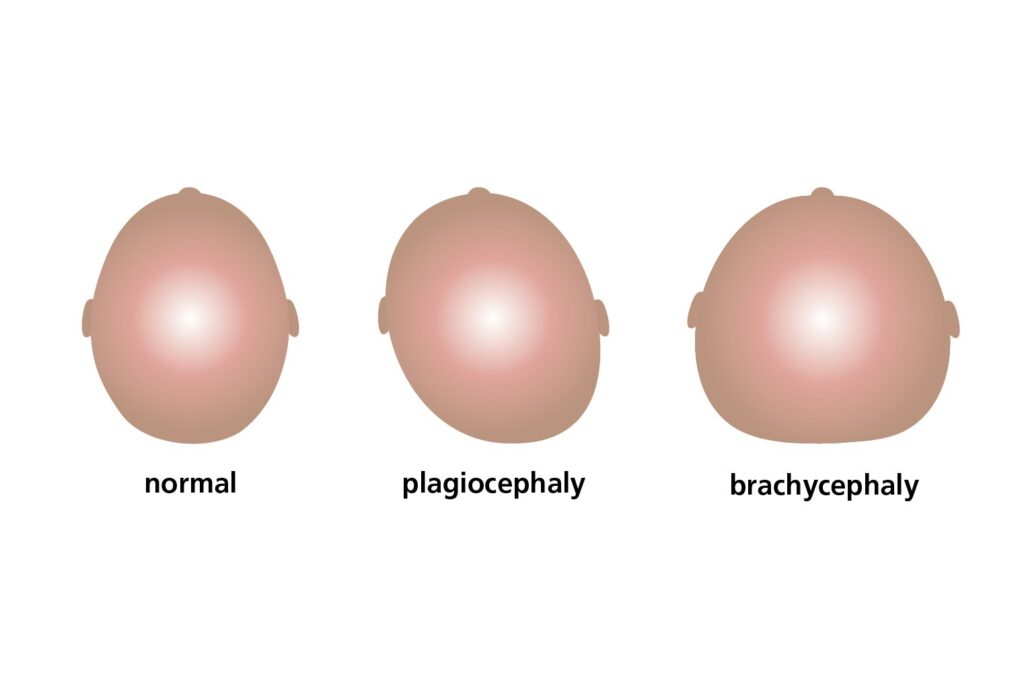
She simply preferred to lie to one side, which put more pressure on one side of her skull. As it’s still slightly malleable for a few months after birth, it became a wee bit deformed. So we had to put simple measures in place to get her to lie on the other side. Soon enough her head rediscovered its symmetry.
Jude also had a ridiculously large fontanelle. This is a soft spot in the baby’s skull, where the bones have not yet fused. I was obsessed with Jude’s fontanelle for weeks, convinced that it was abnormal and his brain was in serious danger. Amy had to tell me to stop being pathetic on several occasions.
Punk-alien barnet
To add to my concern when Jude emerged, his alienesque head was sporting a hairdo like some miniature Johnny Rotten – sticking up and covered in greeny-yellow goo.
I managed to discern from the midwife that this was fairly common. Whilst pregnant, something called a mucus plug develops in the woman’s cervix. It basically seals everything up and stops any infections from getting anywhere near the baby. It looks pretty much like the mucus that comes out of your nose when you’re getting over a cold.
Usually, it’s ejected in the week or so before birth, but sometimes it sticks around until labour.
So it was when Jude was born. As he poked his bonce out, the mucus plug was smeared over his hair like that wet-look hair gel I used to daub all over my hair when I was a teenager.
Alien skin
I realise I’m going in a bit heavy on the alien theme here. It’s really the closest comparison I can make.
Anyway, when Mia was born, in those first few moments, she was a strange bluey-grey colour all over. Combined with her scrunched-up little face, it did give her a rather Martian appearance.
There was a brief flash of horror, as I knew that blue babies can mean the umbilical cord has wrapped around their neck and restricted blood flow. It didn’t do my already overwhelmed state of mind any favours in those first few moments.
I found out from the midwife shortly afterwards that again, this colouration is normal. It’s caused by a special coating that the baby develops whilst in the womb to protect its skin. It’s called the vernix caseosa, and almost immediately it disintegrates into a soft, crumbly cheese-like substance. Soon enough, Mia exhibited a lovely pink glow.
Electrical umbilical cable
Increasing my bewilderment further in the few seconds following Mia’s birth was the umbilical cord. This amazing bit of kit is the baby’s lifeline during pregnancy.
I had never actually looked at one closely until I saw the one snaking around Mia when the midwife held her up.
I was struck by the regularity in its spiral structure. It gave it an almost manufactured quality, like some sort of electrical cable or alien rope. However, not all umbilical cords look like this.
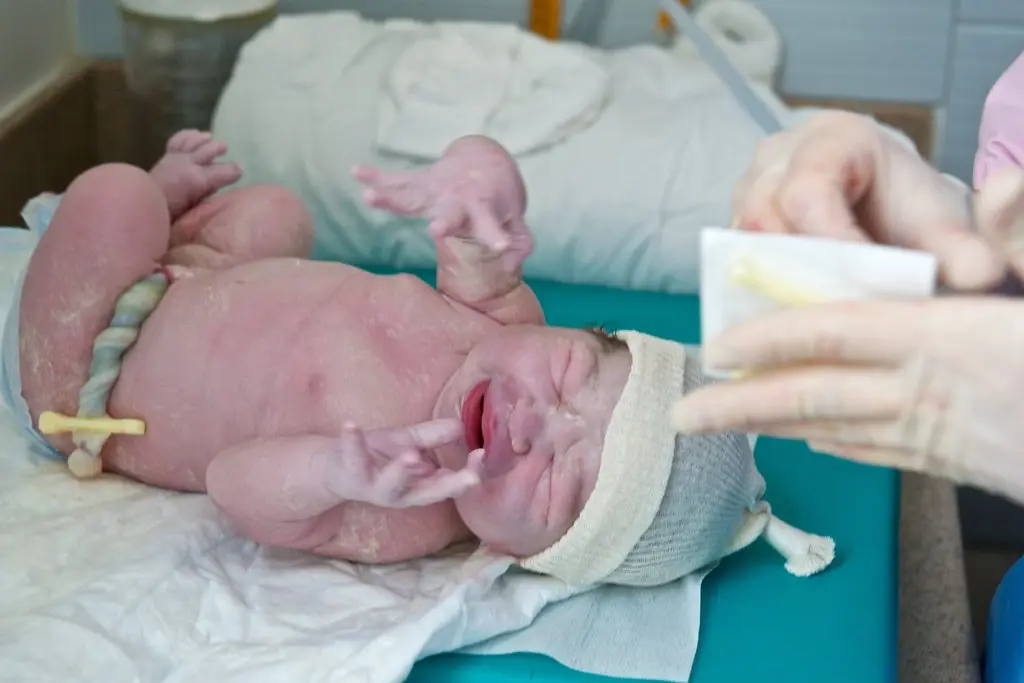
To top it all off, the inch or so of the umbilical cord that remains attached to your baby’s belly will stay there for a while. Jude’s stuck around for two weeks, which is about average.
During this time, it dries up and withers and you have to avoid getting it wet. As it’s essentially dead tissue, it soon starts to smell quite revolting. It’s a great relief when it finally comes away, leaving behind a perfectly formed little bellybutton.
Not-so-pleasant placenta
Another of nature’s masterstrokes, the placenta is basically a new organ that develops alongside the baby in mama’s womb. It performs all kinds of essential functions, from transporting nutrients to the baby to aiding the excretion of waste.
As it’s no longer required, and it’s attached to the baby via the umbilical cord, it’s swiftly ejected not long after baby arrives.
Of course, I knew about the afterbirth. Primarily from a preposterous scene from one of my favourite TV shows, Misfits. (watch it here if you have a strong stomach).
I’d heard that some people actually eat the placenta as it’s allegedly very nutritious. That was never going to be an option for me though, and that was before I even laid eyes upon it.
Having never seen a close-up of a placenta, I envisaged some small, harmless-looking pouch.
Instead, I was confronted by something out of a horror film. It was huge. It was covered in blood vessels and had an angry purple colour, and the way it wobbled made it look alive.
It looked like someone had tried to bring a giant haggis back to life in some sick experiment. Have you ever seen the 2001 movie Evolution? It was like the final monster in that film, an ever-expanding amoeba that would eventually swallow entire cities.
Of course, this reaction lasted mere seconds as I was soon drawn back into the aura of my minutes-old firstborn child. But I’ll never forget that placenta.
Unknown to me at the time, Mia’s placenta was absurdly large. Expecting another freak show of a placenta with Jude, I was quietly relieved when his afterbirth turned out to be much more reasonable in size, much less capable of global destruction.
Poo you could coat your driveway with
This was something I was quite prepared for, Amy having been warned about it by several women in the know. The first couple of plops the little one does consist of something called meconium, a thick, sticky, greeny-black substance. It gets this delightful constitution from all of the things that baby ingests while in the womb.
Compared to some of the other bizarre stuff I witnessed, this one’s actually pretty tame. Just be prepared for a few splodges of tar on your clothes the first time you cuddle baby.
Hopefully, you’ll be a bit more prepared for some of the more peculiar aspects of childbirth. But no matter how taken aback you are, nothing will take away from the sheer, pure joy of holding your child. Enjoy every bit of it.
Got anything else to add to our childbirth WTF list? I’d love to hear ‘em.

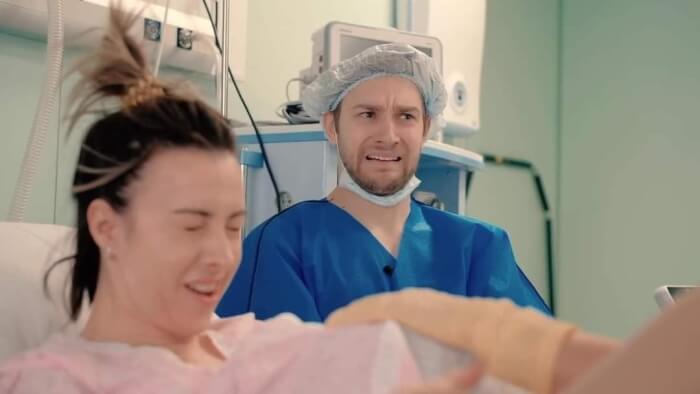



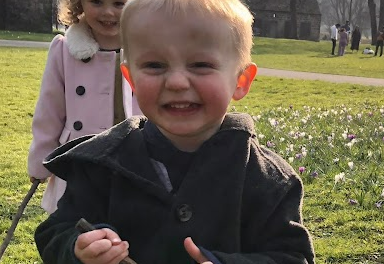
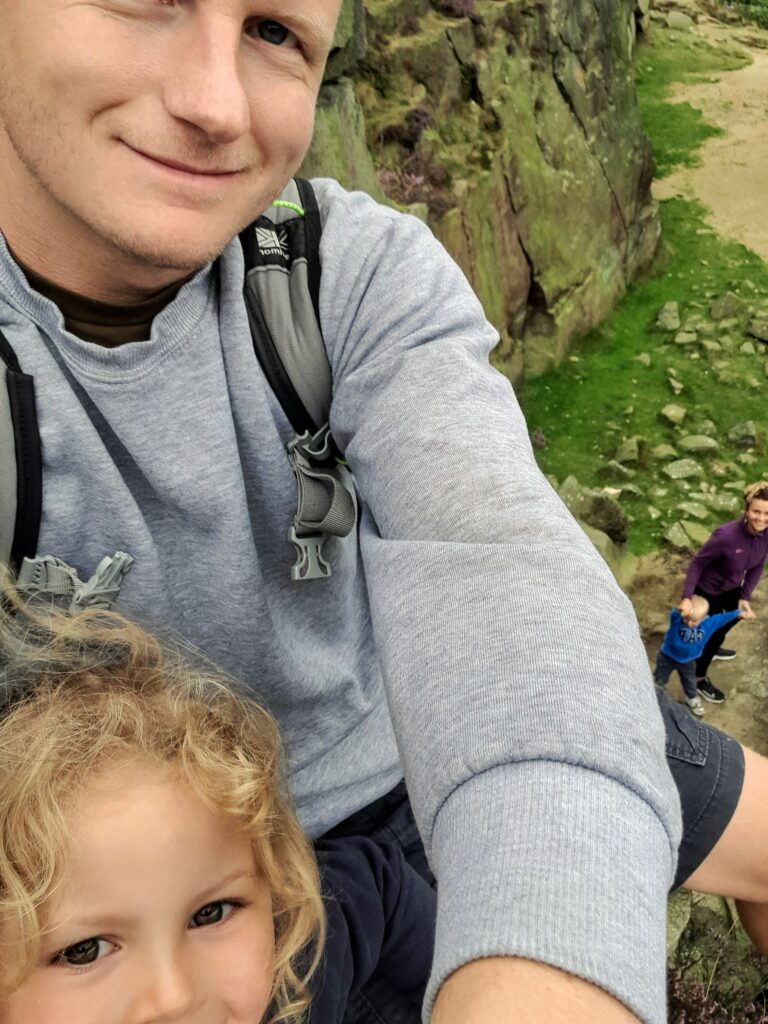
My lasting memory about the birth of my daughter some 40 years ago was the midwife (no names but let’s call her Edward Scissorhands) As baby started to push her way out, she started to wield those scissors with alarming abandon and I actually tried to restrain her as I thought she had gone completely mad. She then explained calmly that cuts are much easier to heal than torn wounds. She of course was right but in truth I had not witnessed anybody inflict lacerations like that since the days of the mods & rockers.
Ah yes, perhaps I should have mentioned something about scary-looking tools haha